Advantages and Disadvantages of Press Brakes in Metal Fabrication
Press brakes are essential machines in sheet metal fabrication, used to bendand form metal sheets into precise angles and shapes. They are widely employedin industries such as automotive, aerospace, construction, and electronicsmanufacturing. This document provides a detailed examination of the advantagesand disadvantages of press brakes, covering mechanical, hydraulic, electric, andCNC-controlled variants.
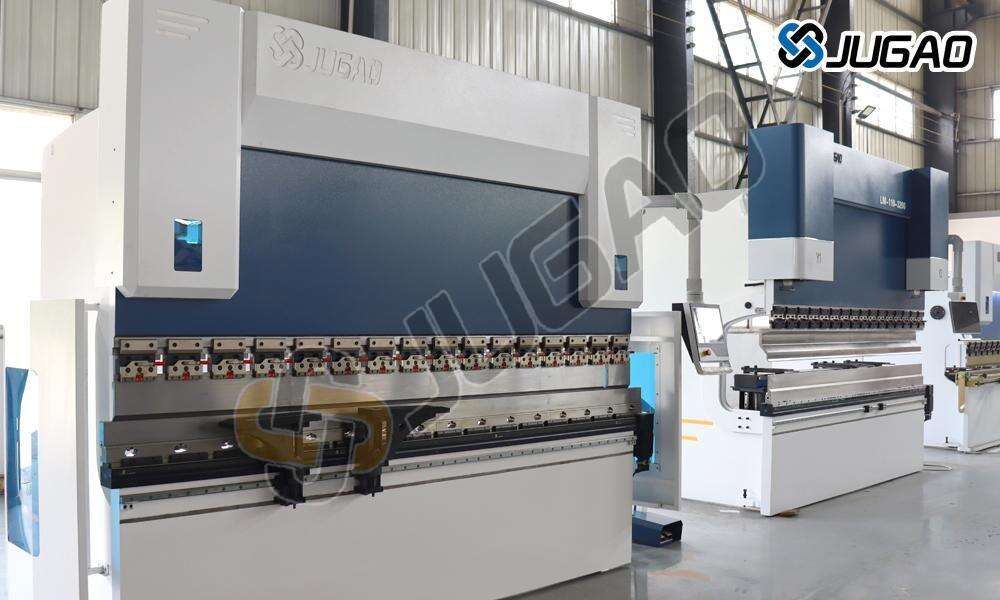
Types of Press Brakes
Before analyzing their pros and cons, it’s important to distinguish betweenthe main types of press brakes:
1. Mechanical Press Brakes – Older technology, using a flywheel and clutchmechanism.
2. Hydraulic Press Brakes – Most common, using hydraulic cylinders for forceapplication.
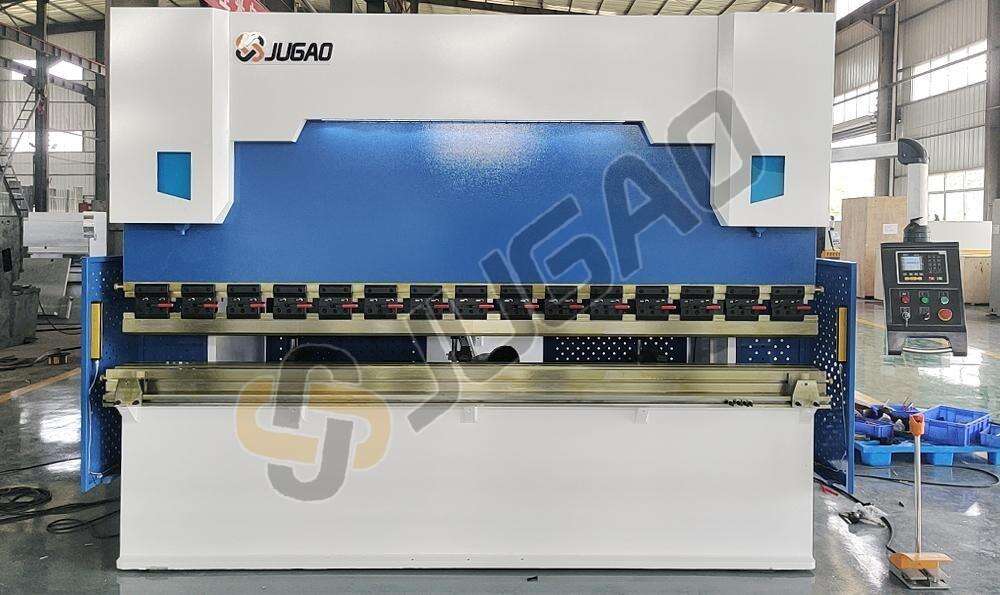
3. Electric (Servo-Electric) Press Brakes – Energy-efficient, using servomotors for precision.
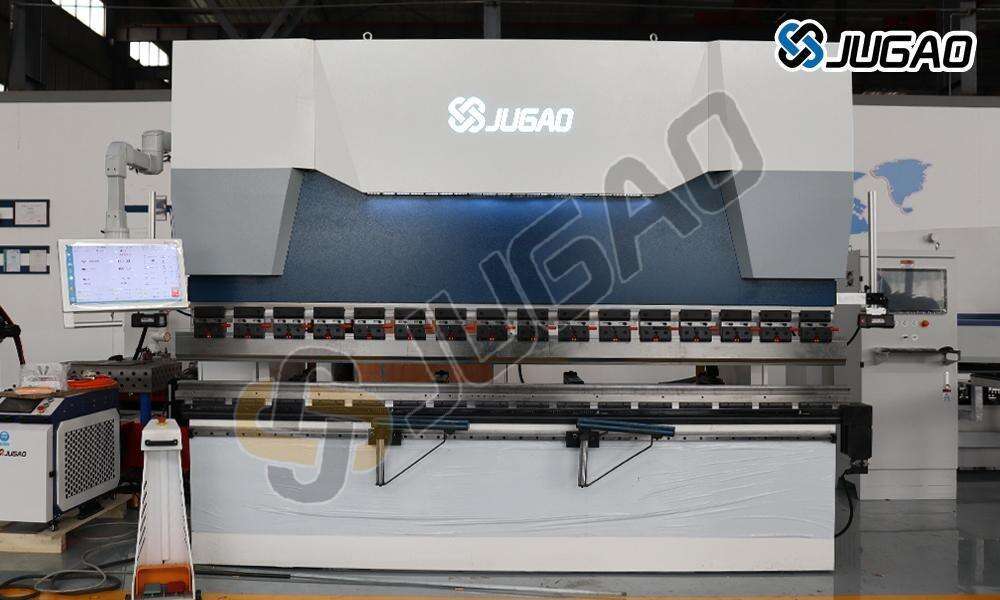
4. CNC Press Brakes – Computer-controlled for high accuracy andrepeatability.
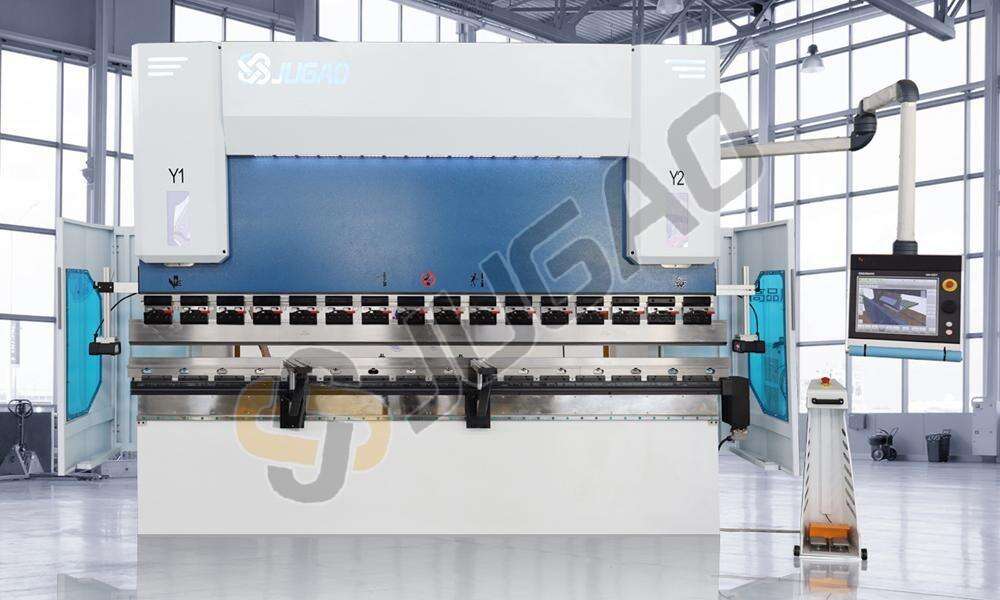
Each type has distinct benefits and limitations, which are exploredbelow.
Advantages of Press Brakes
1. High Precision and Accuracy
CNC press brakes offer micron-level repeatability (±0.01mm).
Back gauge systems ensure consistent bend positioning.
Angle compensation features adjust for springback automatically.
2. Versatility in Metal Forming
Can bend various materials (steel, aluminum, copper, stainless steel).
Supports multiple bending techniques (air bending, bottom bending,coining).
Tool interchangeability allows for different bend radii and profiles.

3. Automation and Efficiency
CNC models reduce setup time with automated tool and program recall.
Servo-electric brakes consume less energy than hydraulic systems.
High-speed bending (up to 100 strokes per minute in electric models).
4. Safety Features
Light curtains and laser guards prevent operator injuries.
Overload protection avoids machine damage from excessive force.
Emergency stop (E-stop) systems comply with ISO 13850 safety standards.

5. Cost-Effectiveness in Mass Production
Reduces labor costs through automation.
Minimizes material waste with precise bending.
Long tool life with proper maintenance.
Disadvantages of Press Brakes
1. High Initial Investment
CNC hydraulic press brakes can cost $50,000–$500,000+.
Electric models are more expensive than hydraulic ones.
Tooling costs add up for complex shapes.
2. Maintenance Requirements
Hydraulic systems need regular oil changes and leak checks.
Mechanical brakes require clutch and flywheel maintenance.
CNC systems may need software updates and calibration.
3. Skill-Dependent Operation
Manual press brakes require skilled operators for precise bends.
CNC programming demands technical expertise.
Incorrect setup leads to defective parts and machine wear.
4. Limitations in Material Thickness
Standard press brakes struggle with very thick metals (e.g., >20mmsteel).
Heavy-duty models are required for high-tonnage bending, increasingcosts.
5. Noise and Vibration
Mechanical press brakes generate high noise levels (85+ dB).
Hydraulic systems produce vibrations, requiring stable flooring.
Comparative Analysis of Press Brake Types
| Feature | Mechanical | Hydraulic | Electric | CNC |
| Precision | Low-Medium | Medium-High | High | VeryHigh |
| Speed | Fast | Medium | VeryFast | Adjustable |
| EnergyEfficiency | Low | Medium | High | High |
| Maintenance | High | Medium | Low | Medium |
| Cost | Low-Medium | Medium-High | High | VeryHigh |
Conclusion
Press brakes are indispensable in modern metalworking, offering highprecision, versatility, and automation. However, their high cost, maintenanceneeds, and operational skill requirements must be considered when selecting amachine.
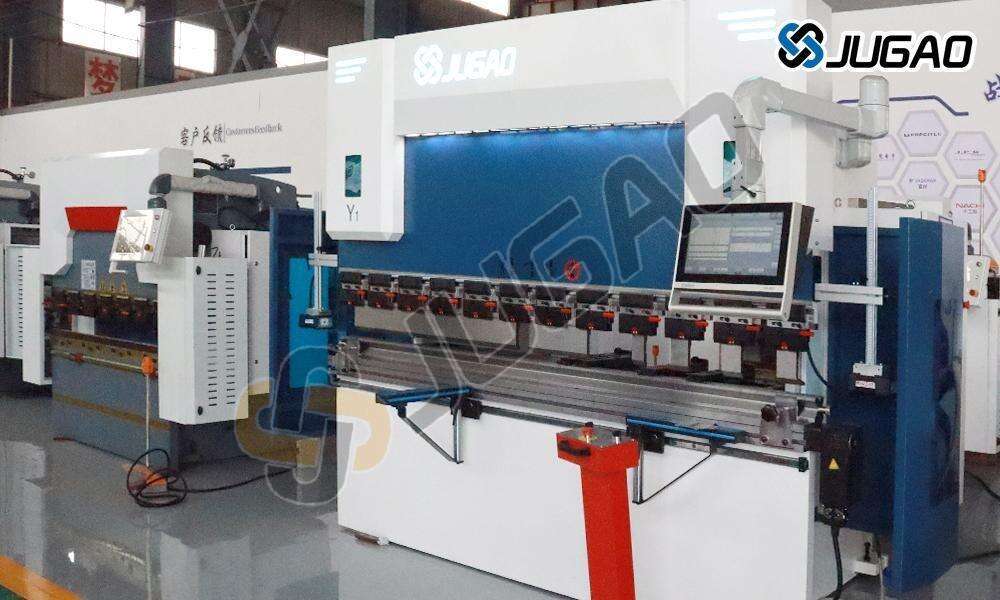
Recommendations for Selection:
✔ For high-volume production → CNC hydraulic or electric press brakes
✔ For budget-conscious workshops → Manual hydraulic press brakes
✔ For energy efficiency → Servo-electric press brakes
By understanding these advantages and disadvantages, manufacturers can choosethe best press brake for their specific needs while optimizing productivity andsafety.
Would you like additional details on specific models or industryapplications? Please consult JUGAO CNC MACHINE!


















































